
The National Drought Group met on Monday, 11th August 2025, with the current water shortfall situation in England now defined as a "nationally significant incident." Five areas of England are officially in drought. Southern Water has applied for a non-essential use ban. This is a further set of restrictions that water companies can introduce following a Temporary Use Ban (TUB/hosepipe ban) if drought continues. Wales is in prolonged dry status and eastern Scotland continues with moderate water scarcity.
For England, July was another month of below-average rainfall. It was the driest March to July period since 1921 across central and north-east England. Parts of the UK are heading for heatwave conditions this week as water companies and the environment agencies continue to respond to the dry weather across the country. There are wide-ranging impacts as the lack of significant rainfall continues and water demand will increase in the hot weather.
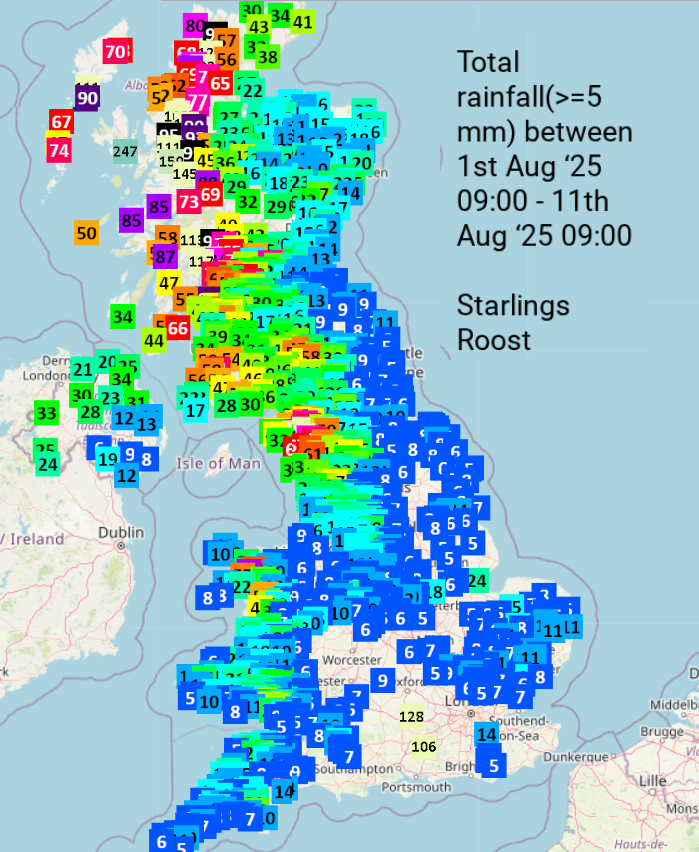
Rainfall figures for the beginning of August showing the dry weather for much of England and wetter conditions for northwest Britain. Starlings Roost weather
In July, there was prolonged dry weather and heat mid-month but with some thundery episodes and heavy downpours. July was warmer than average and on the 1st, Faversham, Kent saw the highest temperature of the month (and year so far) with 35.8C. England is now heading into its fourth heatwave of this summer, set against a picture of drought, prolonged dry weather or moderate water scarcity depending on the regional naming conventions.
An area can be in “Agricultural drought – when there isn’t enough rainfall and moisture in soils to support crop production or farming practices such as spray irrigation,” or “Water supply drought – when a lack of rainfall leads to concerns from water companies about supplies for their customers.” Environment agencies monitor rainfall, river flows, groundwater levels, reservoir storage, ecology and public water supply & demand to decide about the level of drought.
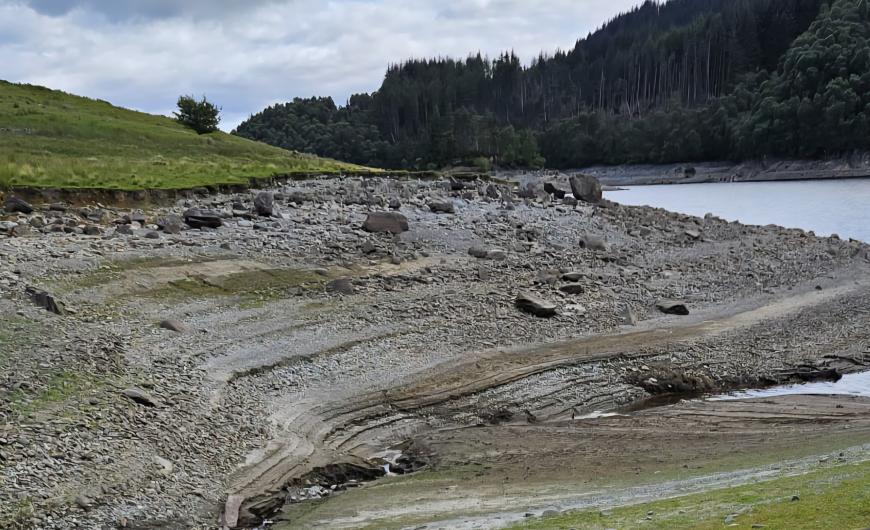
Glen Finglas reservoir near Callander Photo R.Davies
Hosepipe bans continue in some parts of England, officially known as Temporary Use Bans (TUBs). Yorkshire Water is reporting a 10% reduction in household use following the implementation of its TUB. Yorkshire Water’s reservoir levels are 44% full but continuing to drop as the summer dry weather continues.
Western counties have seen some rain, particularly in Storm Floris, but eastern and southern Britain continues with very little rain in August, apart from a few spots which saw thundery downpours. As is the way so often in summer. Public water supply storage levels in reservoirs continued to fall. Yorkshire reservoirs are 44.3% now, and the Pennines group are 39% (3 Aug 2025).
In July, rainfall varied from 52% of the LTA (Long Term Average) across the south-west of England to 110% LTA across the south-east. The week ending 5 August was wetter than the previous week across England, with 11mm of rainfall recorded. Rainfall totals ranged from 7mm in central and east England to 27mm in north-west. With a wetter week in some areas, it has been a mixed picture for river flows. The River Wye on the Welsh border, River Severn in central England, and River Ely Ouse in eastern England continue to record exceptionally low flows for the time of year. The monthly mean July flows in the River Wye and Ely Ouse were both the lowest on record for July.
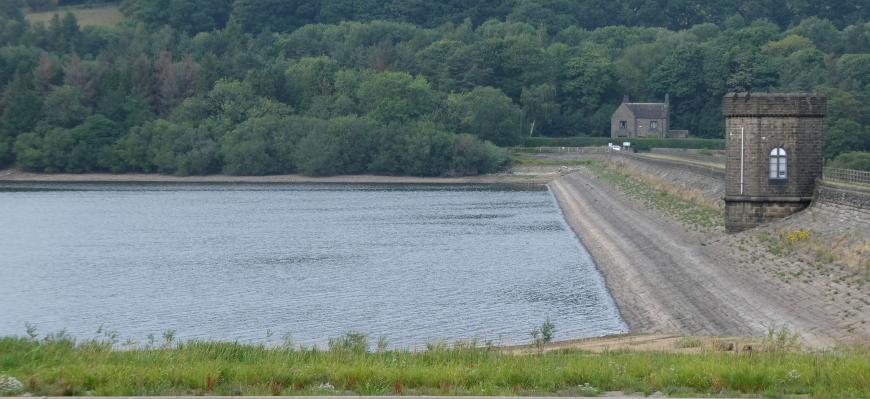
Underbank Reservoir, Yorkshire Water, Stocksbridge.
Groundwater levels are receding as expected at this time of year. By the end of July, the limestone aquifers in the Cotswolds were exceptionally low for the time of year, and levels in faster responding chalk aquifers are notably low in some areas, i.e. Yorkshire, Wessex and the Isle of Wight, following the dry spring. There were exceptionally low groundwater levels in south Wales and southern England.
“The outlook for August is for normal to below normal levels, with notably to exceptionally low levels for the southern Chalk and Carboniferous Limestones in central southern England, south Wales and the South Downs.” Env Agency
This continues to have impacts on agriculture, especially after the lengthy dry weather of spring this year. Any rainfall is welcome, and there have been Atlantic weather fronts coming in from the west. With low river levels, there are continued restrictions on abstraction and so the ability to irrigate some crops.
“Should the dry weather continue into August and September, there is a risk to harvesting of root vegetable crops which require irrigation where the ground is dry. This may impact further on crop quality and yields if irrigation restrictions remain.” Env. Agency
Grass and maize growth has been affected by the hot weather and the lack of rainfall. There are concerns about straw and fodder stocks for later this year. Crops such as peas have suffered due to heat stress and drought conditions.
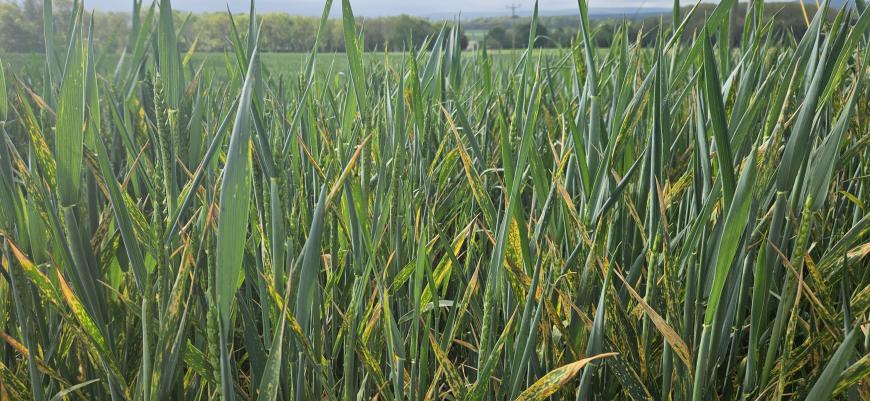
Half of the wheat crop is now cut, and although highly variable from farm to farm, the yield is only down 1% on average, Agriculture and Horticulture Development Board (AHDB). In Great Britain, the winter barley harvest is now complete. “Yield is 1% down on the five-year average. Oilseed rape harvest has also finished, with yield averaging its highest since 2011 for the winter-sown crop…The quality is good, with oil content also extremely high. The oat harvest is also 48% complete (on 6 August).” AHDB. There have been some stop-start interruptions for the harvest, as showers came and went, and the wild and wet weather in the north as Storm Floris passed by. Even with high pressure near England for the start of this week, there will still be a scattering of showers around on Thursday. These will be hit and miss but could produce some heavy, even thundery downpours.
Prolonged dry weather can also affect the leisure transport network, a navigational drought. Water management teams work hard to increase the time that canals can be used for boating but may have to limit the hours during which boats can travel through locks.
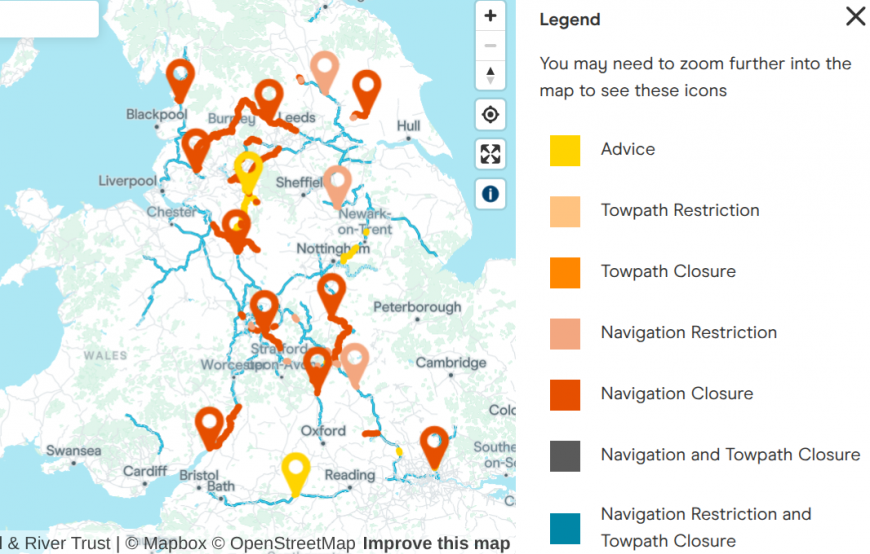
Nationally, the Canal & River Trust reservoir holdings are in the worst position since records began due to the dry weather. Modelling is used to decide if a canal will have to be closed to navigation or if boat movements need restricting due to low water levels. The ecology and fish stocks of waterways can also be impacted.
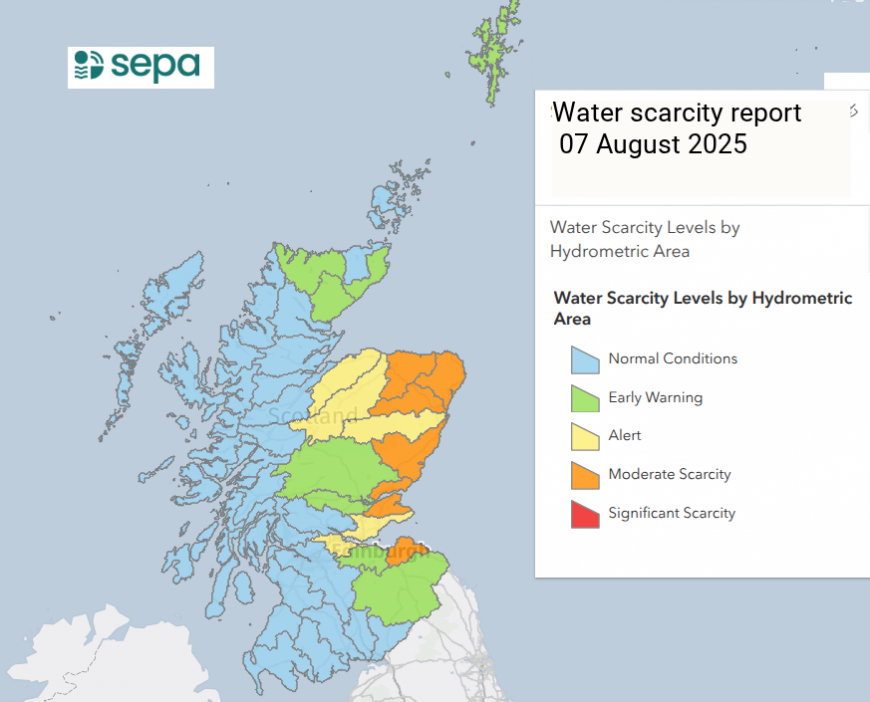
In Scotland, there was heavy rain in the west associated with Storm Floris and some heavy showers elsewhere. However, it is eastern Scotland that is most affected by water scarcity. Sudden torrential downpours do not help much; they cause river levels to rise quickly but not much water to soak into the fields. One-off intense rainfall events don’t help replenish groundwater levels.
Groundwater levels at many of our monitoring sites in Fife were the lowest ever recorded for July (following the dry autumn, winter and spring). This leaves rivers more vulnerable if dry weather continues.” SEPA
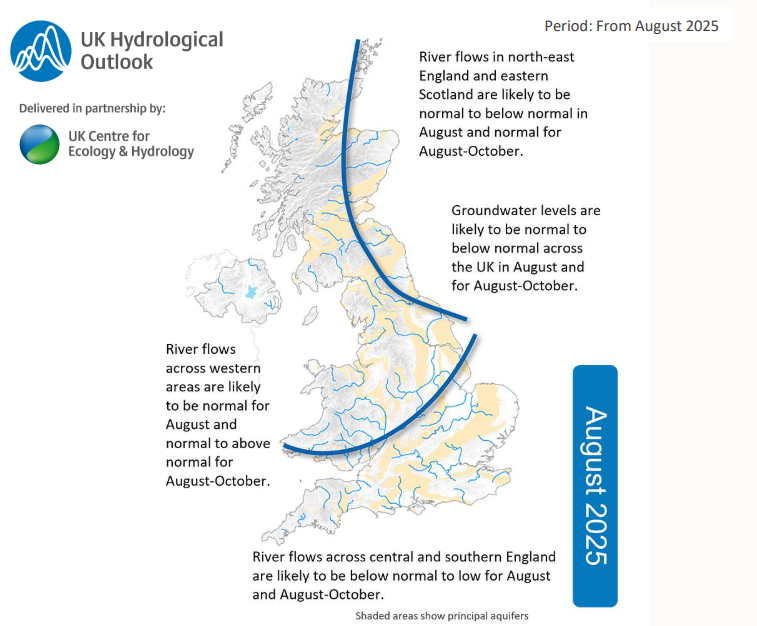
In Wales, with low rainfall in July, there are reduced river flows and soil moisture levels. Groundwater remains a concern in the majority of Wales, and there have been reports of very low/dry river beds, high river temperatures, low dissolved oxygen, and resulting distressed fish and fish kills.
There are also impacts on agriculture, business and recreation and navigation. All parts of Wales had “prolonged dry weather” status at the end of July
Welsh rivers such as the Ebbw, Rhymney, Wye, Alyn, Erch & Clwyd are exceptionally low. Groundwater levels have been dropping quickly with concerns “about the pressures that the prolonged dry weather is placing on the environment, land and agriculture across Wales.”
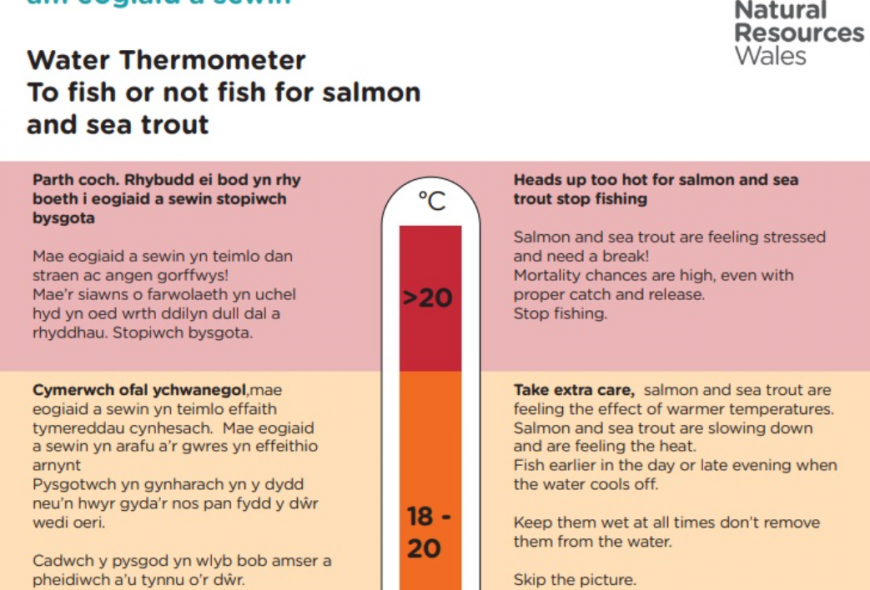
River temperatures on the main rivers, especially the Wye and Usk, have been exceeding the 20C water temperature threshold where anglers are advised to stop fishing for salmon and sea trout as post-release mortality increases markedly (catch and release is in place anyway). As in England, the dry spring and ongoing dry weather have put pressure on many areas in Wales.
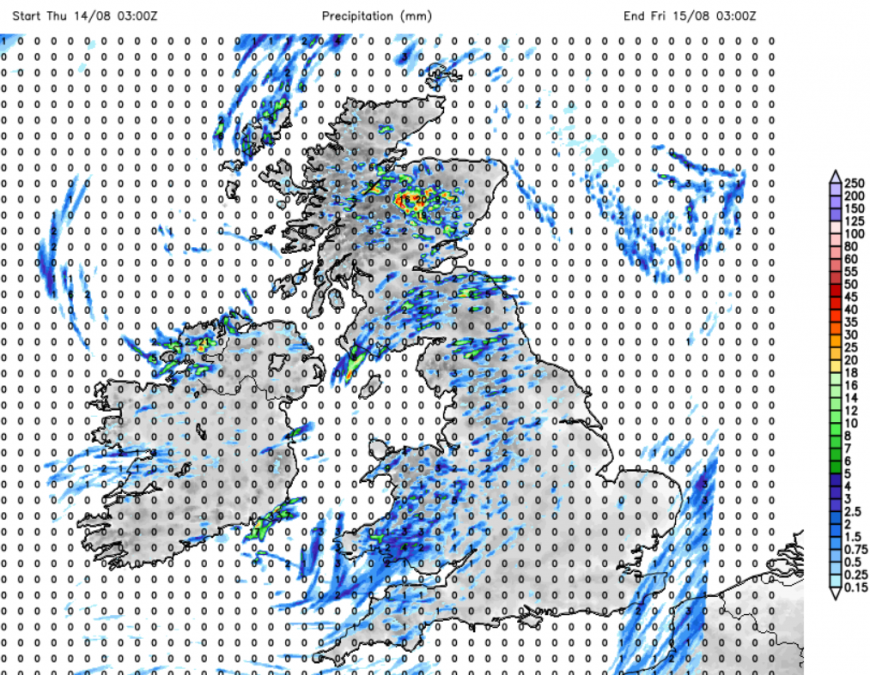
As we face another fairly dry week, with only a scattering of showers, the heatwave conditions will bring extra demand for water, unless people listen carefully to the water companies and Water UK’s advice about reducing their use and reusing grey water. From Anglian Water, ‘Love every drop’.
Top - Langsett reservoir, Yorkshire water Photo P.Kennedy
Loading recent activity...